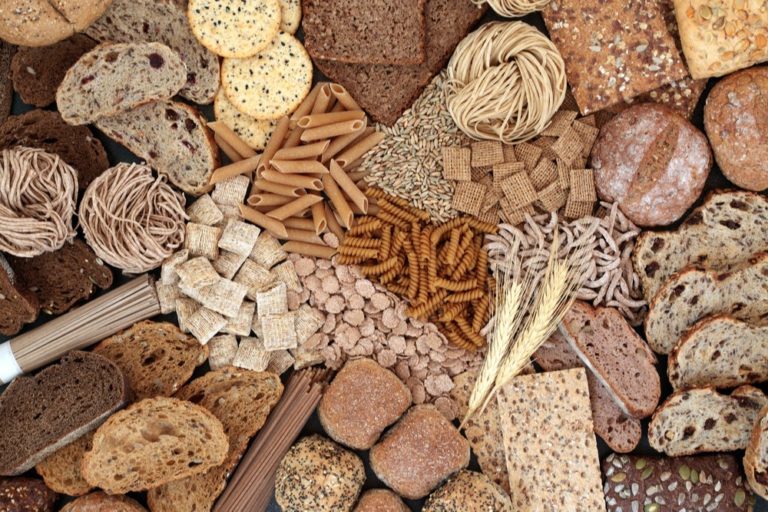For decades we have been told that fat makes us fat; low fat foods popped up on the market and we were encouraged to reduce our intake as much as possible. But fat is actually one of the macronutrients, which means it’s needed in macro amounts for optimal health.
It just depends on the type of fat you eat. Let’s take a look at fat in all of its glory and the best sources to include in your diet.
Fat has a number of functions throughout the body, it helps transport fat-soluble vitamins and nutrients, it can be used as energy, it supports skin health and also plays a role in brain function.
Fat as a carrier of fat-soluble vitamins and nutrients
One of the most important roles played by fat involves the transport of some of the vitamins and fat-soluble phytochemicals such as carotenoids. Without fat, Vitamins A, D, E and K are not efficiently absorbed.
- Vitamin A is necessary for normal cell division, immune system function, bone remodelling, the formation of enamel during tooth development, skin health and vision.
- Vitamin D is both a fat-soluble vitamin and a hormone. Vitamin D promotes calcium absorption and therefore plays a role in healthy teeth and bones.
- Vitamin E was first identified for its role in reproduction. Rats fed a devoid diet, could not reproduce. Hence the name tocopherol, Greek “tokos” meaning birth. Vitamin E also functions as an important antioxidant within cells.
- Finally, vitamin K is required for normal blood clotting and is also involved in healthy bone structure.
Fat as an energy source
In terms of energy, fat provides more calories per g than both protein and carbohydrates.
- Protein 4kcal per g
- Carbohydrate 4kcal per g
- Fat 9kcal per g
If you are involved in endurance exercise, fat is the chosen fuel!
Fat and Skin Health
In a series of studies in the early 1900s, rats were fed a diet completely devoid of fat. These rats developed visible skin abnormalities, increased water loss across the skin and other body-wide issues. However, when certain healthy fats were introduced into the diet, these defects were reversed.
A diet low in fat is often linked to poor skin health, so if this is something you are struggling with, double-check you’re eating enough fat.
Fat and Eye Health
DHA is found in very high concentrations in the cell membranes of the retina; it is essential in the normal development and function.
Fat and Brain Health
The brain consists largely of fat. A certain fat known as DHA is taken up by the brain over other fatty acids and studies have shown that high levels of DHA are associated with better performance in cognitive learning tasks. Not only that but low levels of healthy fats are regularly associated with:
– Depression,
– Anxiety,
– Reduced resilience to stress,
Signs of Low Fat Intake:
- Dry skin,
- Hair loss,
- Poor immune function,
- Dry eyes,
How Much Fat Should I Eat?
Current guidelines suggest that 20-35% of your daily calories should be from fat, but it’s important to eat the right type.
Fats to Eat:
- Oily fish – sardines, mackerel, herring, anchovies, salmon etc.
- Nuts,
- Seeds – chia, flax etc.
- Avocado,
- Dark chocolate,
- Extra virgin olive oil,
- Whole eggs,
- Full fat yoghurt,
- Meat,
- Poultry,
A general rule of thumb can include your thumb. Per snack or meal, men should eat 2 thumb size portions of fat and women should eat 1 thumb size portion of fat. But you may need to adjust this depending on your activity levels.
This may be adding nuts to your salad, a drizzle of hemp seed oil as a dressing, you may slice some avocado to go with your scrambled eggs or add some seeds to your porridge!
Try to get your fat from wholefood sources, and limit intake of heavily processed foods which contain high amounts of less healthful fats.


